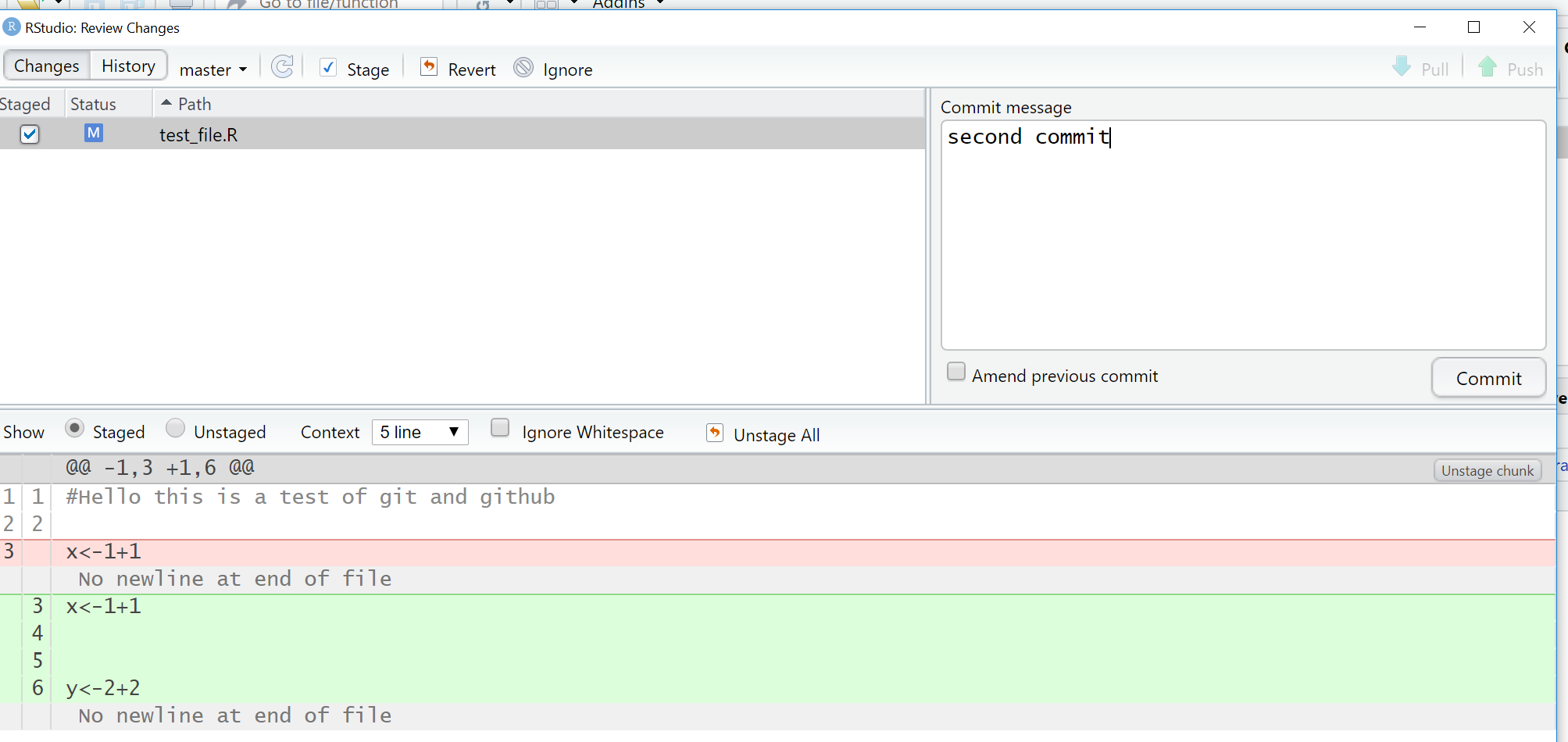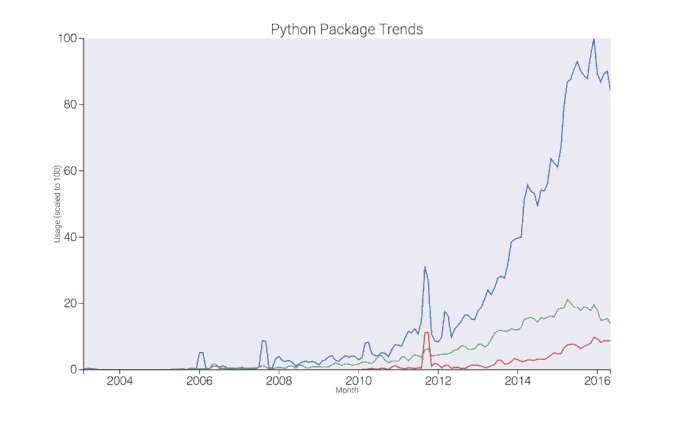
- Make an rmarkdown github rendable pdf#
- Make an rmarkdown github rendable code#
- Make an rmarkdown github rendable professional#
Output - where I save my analysis and plot outputs.The example below shows a mother Rmd file called main_analysis_file.Rmd, and four child Rmd files named analysis-part1.Rmd, analysis-part2.Rmd, and so on: My habit is then to have my working directory in the following structure, where my RMarkdown files are all saved in a Rmd sub-folder under a Scripts folder, separate from my functions.
Make an rmarkdown github rendable code#
Rmd file extension, and you can do section headers (e.g. h1, h2, h3…) and code chunks as normal. You can have more than one of these “Child” Rmd files, and apart from the fact that these files won’t have a YAML header, they should be no different from a typical Rmd file. “Child” Rmd(s) - these files would hold most of the analysis and be read into the “Mother” Rmd. This is the only Rmd file that should have a YAML header (the starting bits specifying title, author, and knit output options). I would keep this file relatively short and usually just use this for loading packages and functions. The “Mother” Rmd - this is the file that will take in all the content from the “child” Rmd. The first step I did was to get my RMarkdown ‘contents’ into multiple files that fit into the following structure:

So I did some digging on Stack Overflow and found a solution that I was pretty happy with. A RMarkdown document contains more than just R code, and what you’d ideally want is to be able to combine both the code chunks and the accompanying text commentary. However, it is not completely straightforward to split a RMarkdown document into multiple files and use source() to combine them into a single document, because source() doesn’t work on RMarkdown documents. As the file gets longer, errors become more common and debugging becomes more difficult. Although I can create more functions and source() them externally from a separate R file where possible, there is a limit to how much I can shorten the length of the Rmd file. The problem is simple: as I explore different cuts of the data and layer more plots, tables, and text onto my RMarkdown document, it gets unmanageably long (1,000 lines+). I quite often use RMarkdown to document my data exploratory analysis - e.g. when I’m coming across a completely new set of data. Actually, it’s about a relatively trivial inconvenience* I’ve recently experienced when using RMarkdown in work, and how I’ve found a simple solution to overcome this issue. If you haven’t tried RMarkdown yet, I’d highly recommend it - and R Markdown: The Definitive Guide is a good place to start.īut this post isn’t about selling RMarkdown. In fact, this blog post itself is written using RMarkdown.

Make an rmarkdown github rendable professional#
I also love the fact that whilst the outputs are highly customisable (e.g. adding your own CSS), it is also incredibly easy to produce a professional document by using an existing template (e.g. see prettydoc and rmdformats).

Make an rmarkdown github rendable pdf#
Not only does the format encourage reproducible analysis by enabling you to interweave code, text, images, and plots, it also allows you to knit() the document into so many different formats, including static HTML, MS Word, PowerPoint, PDF - everything done from the comfort of the RStudio IDE! When I first started using RMarkdown, it felt very much like a blessing.


 0 kommentar(er)
0 kommentar(er)
